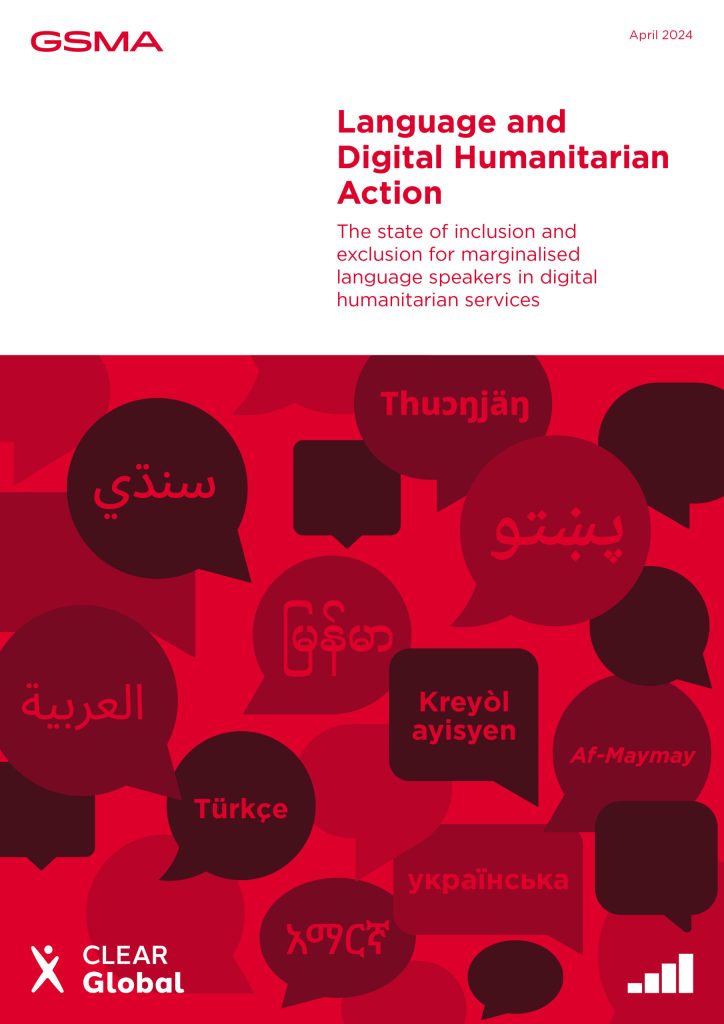Language and digital humanitarian action
Report: The state of inclusion and exclusion for marginalized language speakers in digital humanitarian services
When most people directly affected by humanitarian emergencies don’t speak a powerful language, how can they be heard and get the information they need?
While humanitarian services continue to digitize, only a handful of the world’s estimated 7,000 languages have a strong online presence. Just a few hundred are available on digital platforms. These are broadly the dominant languages of the world’s more economically and politically powerful nations – not the first languages of people experiencing crisis. The most noticeable gaps are in African languages and even major languages such as Bangla and Hindi. Even where digital content is available, it is often in an unusable format for those who are not literate or whose language is largely unwritten.
As digital services expand, minority language speakers are becoming more excluded. At the same time, the humanitarian sector often lacks information on who is being excluded from their services. This can worsen exclusion, entrench inequality, and present an ethical challenge to the humanitarian principles of humanity and impartiality.
CLEAR Global and the GSMA’s Mobile for Humanitarian Innovation program explored what digital language exclusion looks like, the risks it carries, and what humanitarian organizations can do about it. In developing this landscaping report we heard from civil society organizations working with marginalized communities, digital service providers and language technologists.
Read the report in French – Langue et action humanitaire numérique
More on language and digital humanitarian action
Read CLEAR Global’s language technology brief here.
Case study: Gram Vaani “The voice of the village”
Case study: Talk to Loop
